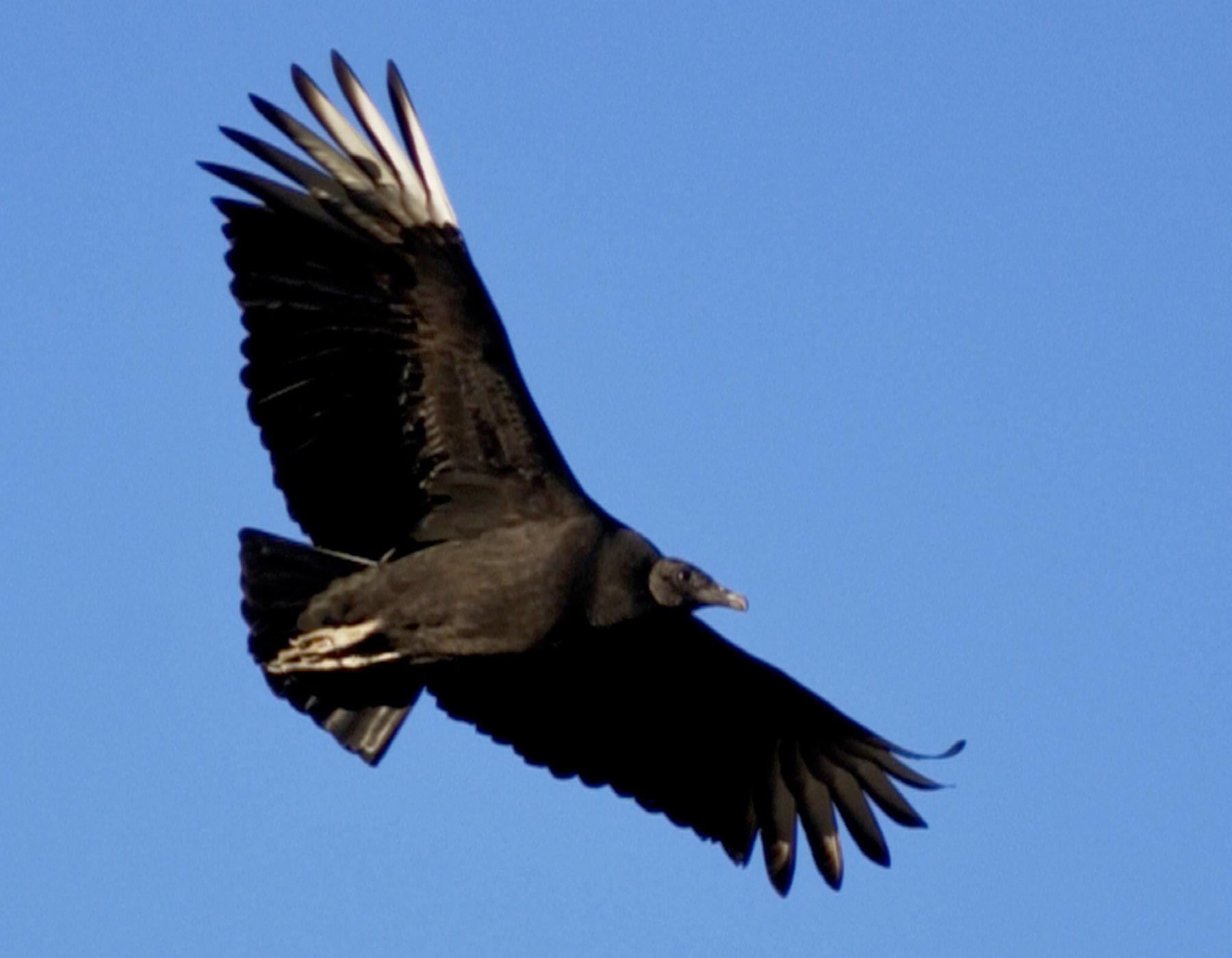Healthy hooves are the foundation of a healthy animal
A solid-footed animal with healthy hooves sure can make a producer’s life easier. Animals suffering from lameness or that have difficulty walking due to hoof problems can create management problems for producers and impact their bottom lines.
Impact of Hoof Problems
Whether the hoof problems are minor or major issues, faulty feet cause a reduction in different aspects of production. Animals with sore feet or hoof problems struggle to make it to the feed bunk, waterer, or hay bales. The less mobile cattle are, the less productive they become. “Lameness can lead to poor performance and decreased gains in cattle,” Dr. Jeremy Powell, DVM, Ph.D., a professor and veterinarian at the University of Arkansas Division of Agriculture, said.
Additionally, animals with sore feet struggle with mobility and therefore are unable to graze as efficiently as cattle with solid, healthy hooves. “One research study showed that grazing steers affected by lameness exhibited decreased weight gain by 0.46 pounds a day compared to steers that were not affected,” Dr. Powell stated.
The lack of mobility and therefore reduced feed and forage intake can also negatively impact an animal’s milk production. Due to the multiple negative impacts hoof problems can have on production, veterinarians say it’s important for producers to focus on maintaining healthy hooves in their herds to minimize lameness issues.
The Role of Weather
Weather can have an impact on lameness issues in cattle. Wet weather may increase the chances of hoof problems due to muddy conditions causing hooves to soften making them more susceptible to injury and infection. However, if the animal has solid hooves to begin with, then they will be better equipped to handle soggy weather conditions. “Poor hoof health can often be prevented by establishing strong, hard hooves beforehand,” Dr. Powell said.
While it’s important for producers to treat lameness in affected animals, cattle producers may also need to give attention to the environment. “If muddy conditions exist in the pasture especially around hay rings, loafing sheds, or mineral bunks, then scraping the muddy area or consistently moving the bunk/feeder may need to be considered,” Dr. Powell advised. Additionally, cattle being treated for lameness may need to be kept in a clean, dry pen during recovery.
Healthy Hoof Management
According to Dr. Powell, one important aspect of maintaining healthy hooves is ensuring proper nutrition for the cattle. “Hooves are mainly composed of a protein called keratin. As hooves consistently grow (much like our fingernails), maintaining adequate protein in the diet is important for normal hoof development; however, excessive protein in a cow’s diet can be problematic perhaps encouraging excessive horn growth leading to long toes,” Dr. Powell explained.
In addition to making sure the cow herd has a balanced amount of protein in the diet, supplements also play a role in maintaining healthy hooves. For example, minerals such as calcium, zinc, copper, and selenium are vital for hoof strength and integrity. Therefore, producers should consider providing adequate mineral supplementation for their cattle as it is also essential for healthy hooves. Cattle producers looking for specific information and guidance for their operations can get more information about beef cattle nutrition management at their county extension offices.




